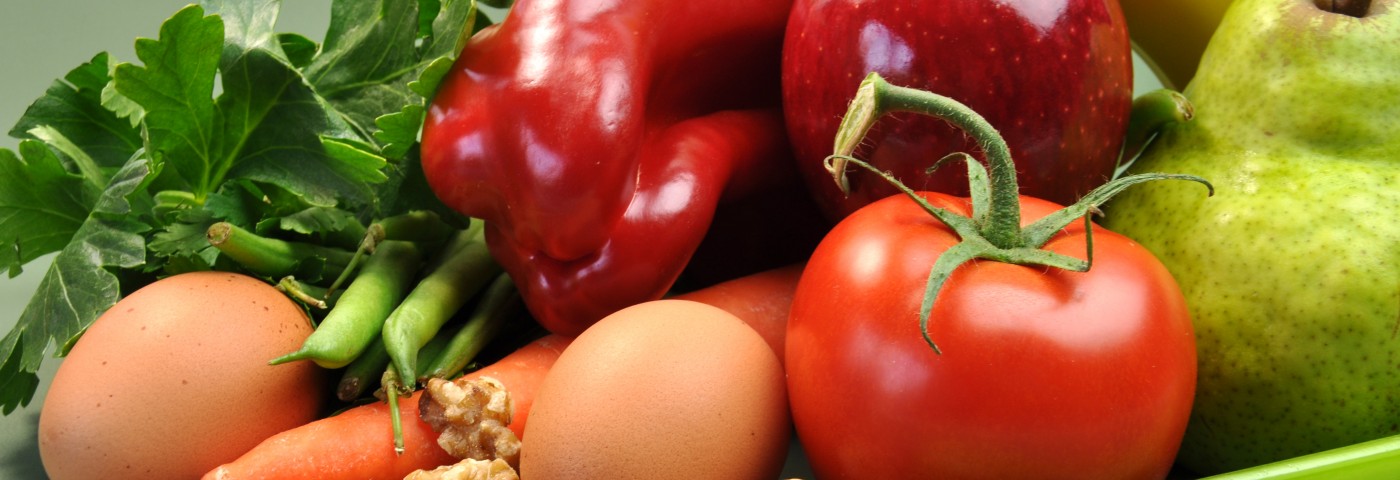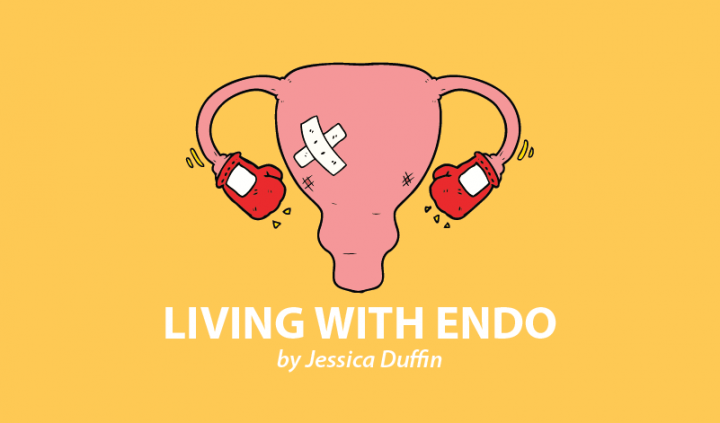OK, so the truth is, I went vegan. But saying that in the title might be a bit scary and I get it. Giving up meat was not something I struggled with, as I’d been vegetarian for years. But going vegan — that was like going from reception to university in my head. It felt like a big jump. What about coffee, croissants, pizza? Dear God, ice cream?
So, first things first. Just like I explained in my gluten-free column, you don’t have to go cold turkey. Secondly, it’s so much easier to be dairy-free or vegan these days than it was even a couple of years ago when I first made the change. And let’s be real, if you end up having something with dairy in it now and then, it’s OK. I sneak in an almond croissant every couple of months because they are quite possibly one of my favorite things ever, and I just can’t yet find a good replacement. None of us are perfect, and it’s not easy managing endometriosis. So, be kind to yourself throughout this process.
Now that those scary bits are out of the way, let’s talk about why you might want to try going dairy-free or vegan to help endometriosis management. I’ve explained the endometriosis diet in more detail in a previous column. But to recap, the main goal of the endometriosis diet is reducing inflammation in the body. Inflammation is a natural part of the body’s protective and healing process. However, with conditions such as endometriosis, we can be chronically inflamed, and too much inflammation causes health problems and long-term pain. Foods can heighten or reduce inflammation. The main inflammatory foods are gluten, dairy, alcohol, red meat, sugar, and caffeine.
We also may want to cut down on our dairy and egg consumption due to farming methods. These days, many of the farms use hormones to increase size, quantity, etc. Women with endometriosis have hormone imbalances, and endometriosis is estrogen-dependent, so we might want to avoid adding extra hormones into our diets.
A final reason is that dairy can sometimes be a trigger for stomach upset, and many women with endometriosis have irritable bowel syndrome-like (IBS) symptoms and are in fact misdiagnosed with IBS before endometriosis is found. Before I went dairy-free, I had some blood samples taken and discovered I was severely intolerant to dairy. Once I cut out dairy, I realized the majority of my stomach issues disappeared. Sure enough, as soon as I added it back in, they returned. So, if you find that you also have a lot of stomach problems with endometriosis, reducing dairy might help you.
Now, having said all this, managing endometriosis is completely personal. If you really love your milk and cheese, and you can’t imagine life without them, I don’t want to take them away from you. All I want to do is share the information and my personal experience with you. Also, the endometriosis diet may work for some and not others, or you might have to keep it up for a couple of months to really notice the difference. Whatever you decide, make sure it’s right for you and speak to an expert if you’re unsure.
For me, getting my allergy test results back was kind of the nail in the coffin. I’d been toying with the idea for years, but at the time the vegan food industry hadn’t yet boomed, and the reality of going vegan was that it would be tough. When I realized how intolerant I was, though, I knew I couldn’t ignore it anymore. Even without endometriosis, the stomach issues I had made me really worry about the internal damage that could be going on inside that I could prevent just by cutting down on dairy. So, in a way, I had a real push to do this. But eventually, living with endometriosis as I was would have been enough — I’m thankful for the kick I needed!
I originally started by changing how I ate at home. Finding blogs online allowed me to begin falling in love with plant-based cooking. I encourage you to start simply. The mistake I made was thinking I would be a plant-based chef extraordinaire (think Bridget Jones blue soup disaster) and I ended up wasting a lot of money on superfoods and exotic fruit and veggies.
You could start the Jessica Murnane way: With one plant-based meal a day, you could spend a whole year reducing your dairy intake. Or you could jump right in if you’re an all-or-nothing kind of person!
In my next column, I’m going to share with you my favorite cookbooks, blogs, and products to help you on this journey.
I promise you I love my food more than ever!
***
Note: Endometriosis News is strictly a news and information website about the disease. It does not provide medical advice, diagnosis, or treatment. This content is not intended to be a substitute for professional medical advice, diagnosis, or treatment. Always seek the advice of your physician or other qualified health provider with any questions you may have regarding a medical condition. Never disregard professional medical advice or delay in seeking it because of something you have read on this website. The opinions expressed in this column are not those of Endometriosis News or its parent company, BioNews Services, and are intended to spark discussion about issues pertaining to endometriosis.


